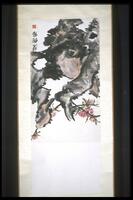329 UMMA Objects
329 UMMA Objects
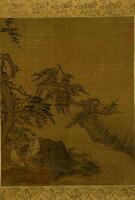
Chinese (Chinese (culture or style))
Scholars under the Juniper Tree
15th century
Gift of William Muschenheim
1983/2.140
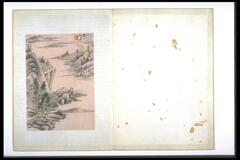
Wang Jian (Chinese (culture or style))
Landscape, Lakes and Mountains to the Farthest Distance
1661
Gift of Mr. Chung Mo-nan
1956/2.18

Ōhara Tonshū (Donshū)
Mountain Hut among Pines
1831 – 1844
Museum purchase made possible by a gift from Helmut Stern
1985/2.27

Yamaguchi Soken (Sojun)
Japanese Beauty in a Red Maple Leaf Robe
1800 – 1832
Museum purchase made possible by a gift from Helmut Stern
1985/2.7

Torii Kiyonobu
Beauty
1925 – 1935
Museum purchase made possible by the Margaret Watson Parker Art Collection Fund
1986/1.160

Mori Tetsuzan (Tessan)
A Pair of Camels
1800 – 1849
Museum purchase made possible by the Margaret Watson Parker Art Collection Fund
1986/1.164

Japanese (Japanese (culture or style))
The Bodhisattva Jizô with a demon and children
1700 – 1899
Gift of Susan Pratt Walton in honor of Catherine Mariotti Pratt and James Bisset
1986/1.190

Japanese (Japanese (culture or style))
Demon Soliticing Contributions
20th century
Gift of Rudolf and Mary Arnheim
1989/1.76

Nishiyama Kan'ei
Cherry Branches
1850 – 1899
Museum purchase made possible by the Margaret Watson Parker Art Collection Fund
1990/1.192
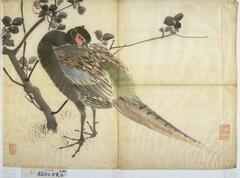
Nishiyama Kan'ei
Pheasant
1850 – 1899
Museum Purchase made possible by the Friends of the Museum of Art
1990/1.196
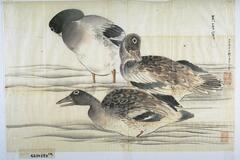
Nishiyama Kan'ei
Ducks
1884
Museum purchase made possible by the Margaret Watson Parker Art Collection Fund
1990/1.198
Loading…
